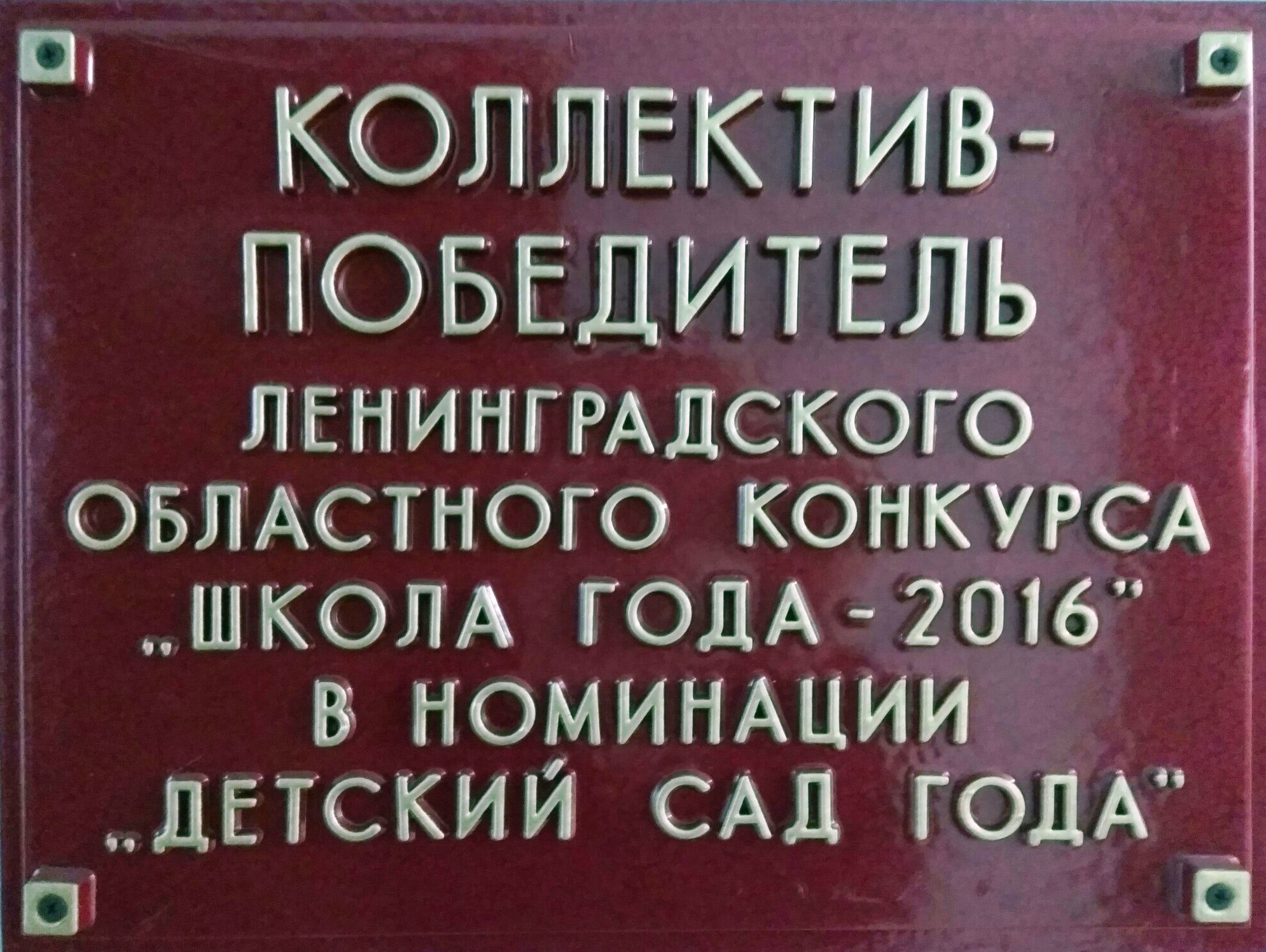Scientists for the Max Planck Institute have shown that graphene fulfills a significant predicament for use in novel lasers for terahertz pulses with longer wavelengths, dispelling previous uncertainties.
Graphene is considered the jack-of-all-trades of resources science: The two-dimensional honeycomb-shaped lattice manufactured up of carbon atoms is more robust than metal and reveals exceptionally large demand provider mobilities. It’s also clear, light-weight and versatile. No wonder that there are a lot of applications for it ? for instance, in very fast transistors and flexible shows. A crew headed by experts in the Max Planck Institute for your Structure and Dynamics of Make a difference in Hamburg have demonstrated that it also satisfies a key disorder to be used in novel lasers for terahertz pulses with prolonged wavelengths. The immediate emission of terahertz radiation could be practical in science, but no laser has but been introduced which can offer you it. Theoretical experiments have beforehand suggested that it may be likely with graphene. Yet, there have reworder for essays been well-founded doubts ? which the team in Hamburg has now dispelled. With the identical time, the scientists discovered that the scope of application for graphene has its limits even though: in additional measurements, they showed the substance cannot be useful for efficient light-weight harvesting in solar cells.
A laser amplifies gentle by producing quite a few identical copies of photons ? cloning the photons, since it ended up. The procedure for working on so is termed stimulated emission of radiation. A photon presently produced through the laser tends to make electrons in the laser materials (a gasoline or dependable) bounce from a increased energy point out to the reduced stamina state, emitting a 2nd utterly similar photon. This new photon can, subsequently, deliver more identical photons. The result is a virtual avalanche of cloned photons. A situation for this method is the fact additional electrons are in the better point out of energy than within the reduce state of vigor. In theory, nearly every semiconductor can satisfy this criterion.
The state that is generally known as inhabitants inversion was generated and shown in graphene by Isabella Gierz and her colleagues within the Max Planck Institute to the Structure and Dynamics of Make any difference, together with the Central Laser Facility in Harwell (England) and the Max Planck Institute for Good Point out Researching in Stuttgart. The invention is stunning as a result of graphene lacks a vintage semiconductor house, which was very long viewed as a prerequisite for populace inversion: a so-called bandgap. The bandgap is really a area of forbidden states of electricity, which separates the bottom state of your electrons from an fired up state with increased energy. Without having surplus vigor, the fired up point out previously mentioned the bandgap will undoubtedly be roughly empty as well as floor www.paraphrasingonline.com state under the bandgap pretty much totally populated. A population inversion are usually attained by incorporating excitation vitality to electrons to change their energy point http://www.open.edu/openlearn/education/essay-and-report-writing-skills/content-section-4.1 out for the a particular previously mentioned the bandgap. It is how the avalanche effect described over is generated.
However, the forbidden band in graphene is infinitesimal. ?Nevertheless, the electrons in graphene behave likewise to individuals of a common semiconductor?, Isabella Gierz claims. To some distinct extent, graphene could be believed of as the zero-bandgap semiconductor. On account of the absence of a bandgap, the populace inversion in graphene only lasts for approximately one hundred femtoseconds, below a trillionth of the second. ?That is why graphene cannot be used for steady lasers, but probably for ultrashort laser pulses?, Gierz describes.









